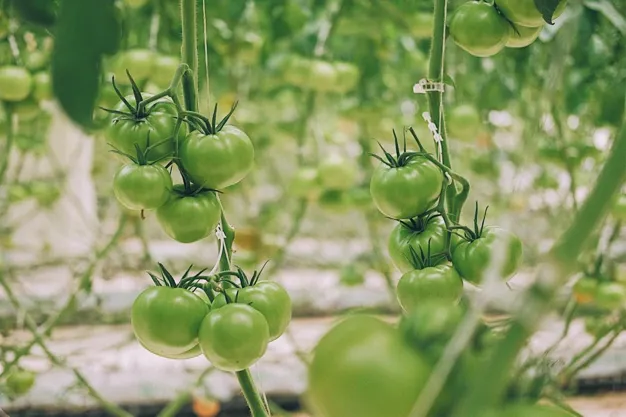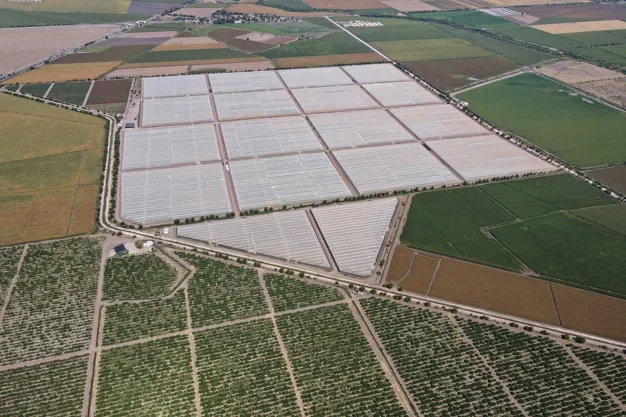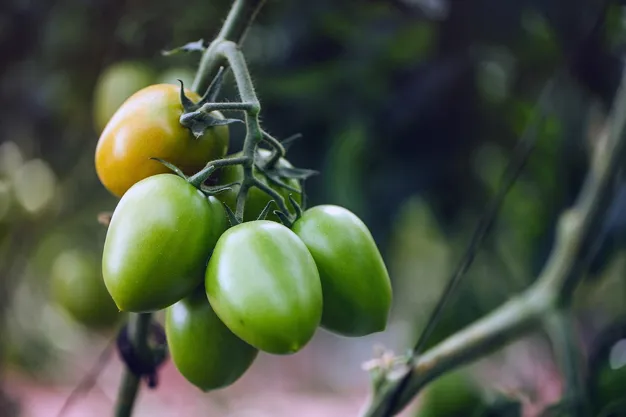Round and Roma tomato supply is in transition right now, leaving the supply light. "This is pretty normal for this time of year," says Megan Stallings, senior account manager of tomato sales for Calavo Growers. "Baja, Jalisco, and Central Mexico are the main areas in production, and they're at the end of their seasons. This is when there are more growing regions ending than starting." At the same time, Florida has also begun production, albeit in small volumes.

Compared to last year's supply at this time, volume is within the normal range. Supply is currently much less than demand, but given Baja had hurricanes that impacted the supply available last year, there isn't the record high pricing and supply shorts seen last year. "So this season, we were a little better off, historically speaking, even as we head into a challenging stretch the next few weeks," adds Stallings.
In turn, the industry is waiting for production to begin in Culiacan, Mexico. It typically starts mid-December--however, the region saw a lot of rain in the middle of the planting season, so it's anticipated that that region may not start until late December or early January. "It will be a very active next four weeks," Stallings says.

December demand
As for demand, it's steady, and a familiar holiday-related pattern lies ahead. "We'll have the bump for the holiday, then a bit of a lull, and then another bump, which is all pretty standard," says Stallings. Following last year's record pricing, caused by the shortages in Baja, this year's pricing looks more steady and typical with active markets due to the lighter supply. "For the next four weeks, pricing will continue to rise as supply is short. However, we are headed into great supply once Culiacan gets started."

Looking ahead, Stallings notes that there will likely be upcoming changes to the Tomato Suspension Agreement, which will also affect markets in the near future. "Mexico is in talks with the Department of Commerce and the Florida Tomato Exchange to look at the current agreement and possible changes for the minimum reference price, and we could have an answer as to what that looks like as early as late December," she says. "This could affect tomato markets as we head into January and that Culiacan season."
 For more information:
For more information:
Megan Stallings
Calavo Growers
megans@calavo.com
http://www.calavo.com/
